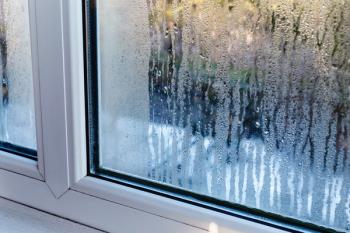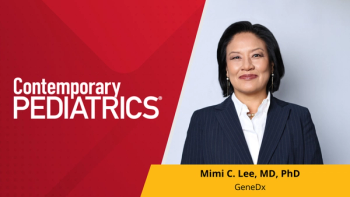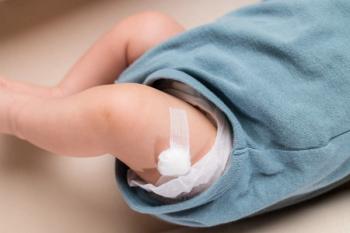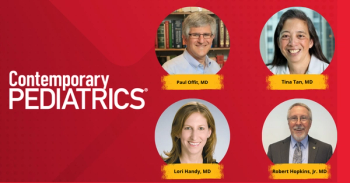
Helmets are for sports, not for skull deformations
Forget the helmet when it comes to positional skull deformation, say the results of the first randomized, controlled trial to investigate the issue.
Forget the helmet when it comes to positional skull deformation, say the results of the first randomized, controlled trial to investigate the issue.
In a
No significant difference occurred in the change score for either plagiocephaly (unilateral flattening of the skull) or brachycephaly (symmetrical occipital flattening) for either group (mean difference, -0.2; 95% confidence interval [CI], -1.6 to 1.2; P=0.80; and mean difference, 0.2; -1.7 to 2.2; P=0.81; respectively). Only about one-quarter of both groups (26% of the helmet group and 23% of the natural course group) achieved a full recovery by 2 years of age.
Parents of children in the helmet therapy group had slightly higher head shape satisfaction scores and slightly lower anxiety scores at 2 years than parents in the natural course group, but the differences were not significant. Although more of the helmet group had sleep problems and spent more hours crying, again, the differences were not significant. All the parents of the children assigned to helmet therapy complained of at least 1 adverse effect. Adverse effects included skin irritation (96%), a hindrance to cuddling (77%), unpleasant helmet odor (76%), augmented sweating (71%), pain (33%), and helmet acceptance problems (24%).
The researchers concluded by recommending against helmet therapy. Instead, they said, children may benefit from physiotherapy or simple repositioning while sleeping.
An accompanying
To get weekly clinical advice for today's pediatrician,
Newsletter
Access practical, evidence-based guidance to support better care for our youngest patients. Join our email list for the latest clinical updates.








